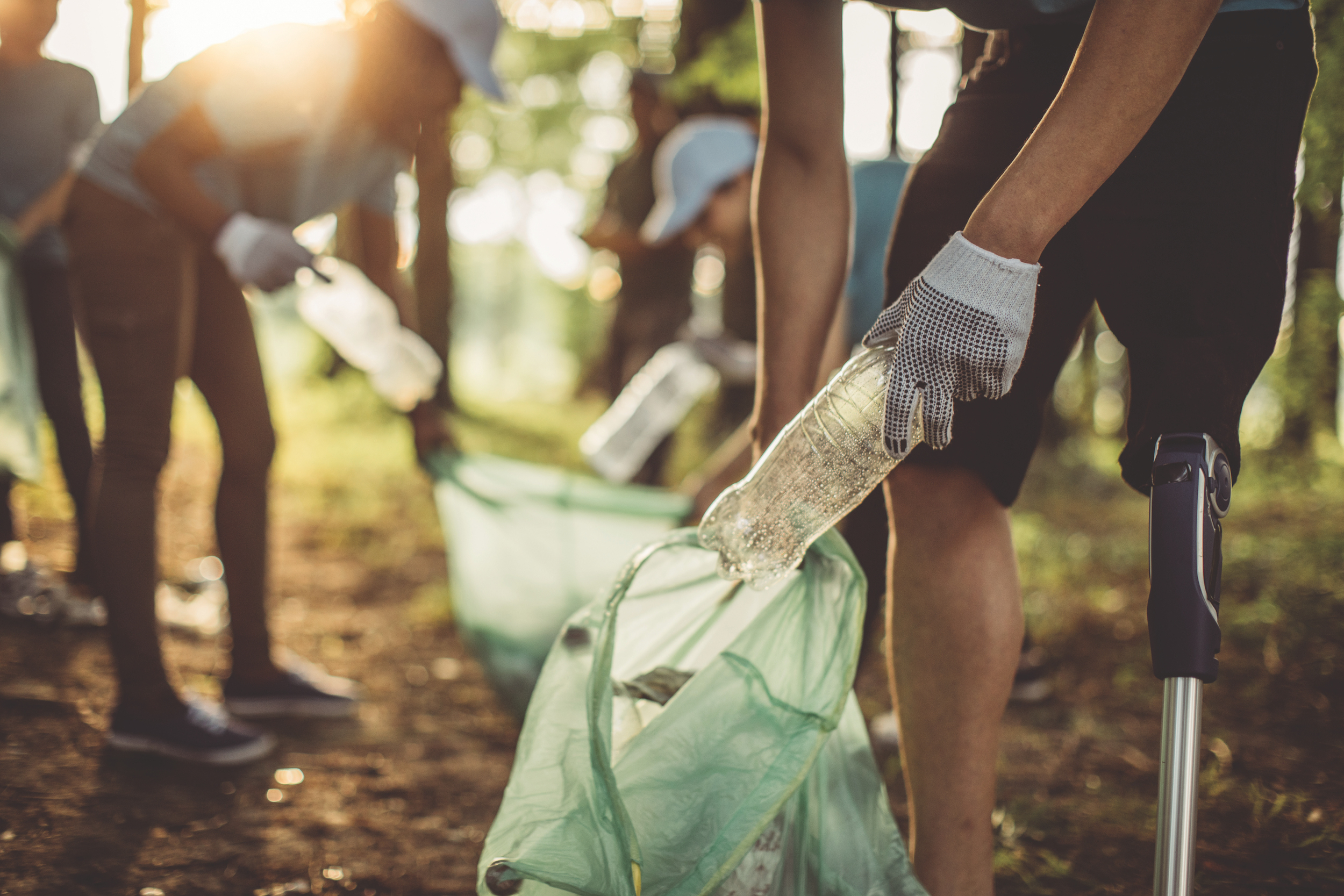
Improve Your Place
Every living thing has a habitat—a place that meets its needs. Human beings’ habitat is the community in which they live.

Every living thing has a habitat—a place that meets its needs. Human beings’ habitat is the community in which they live.
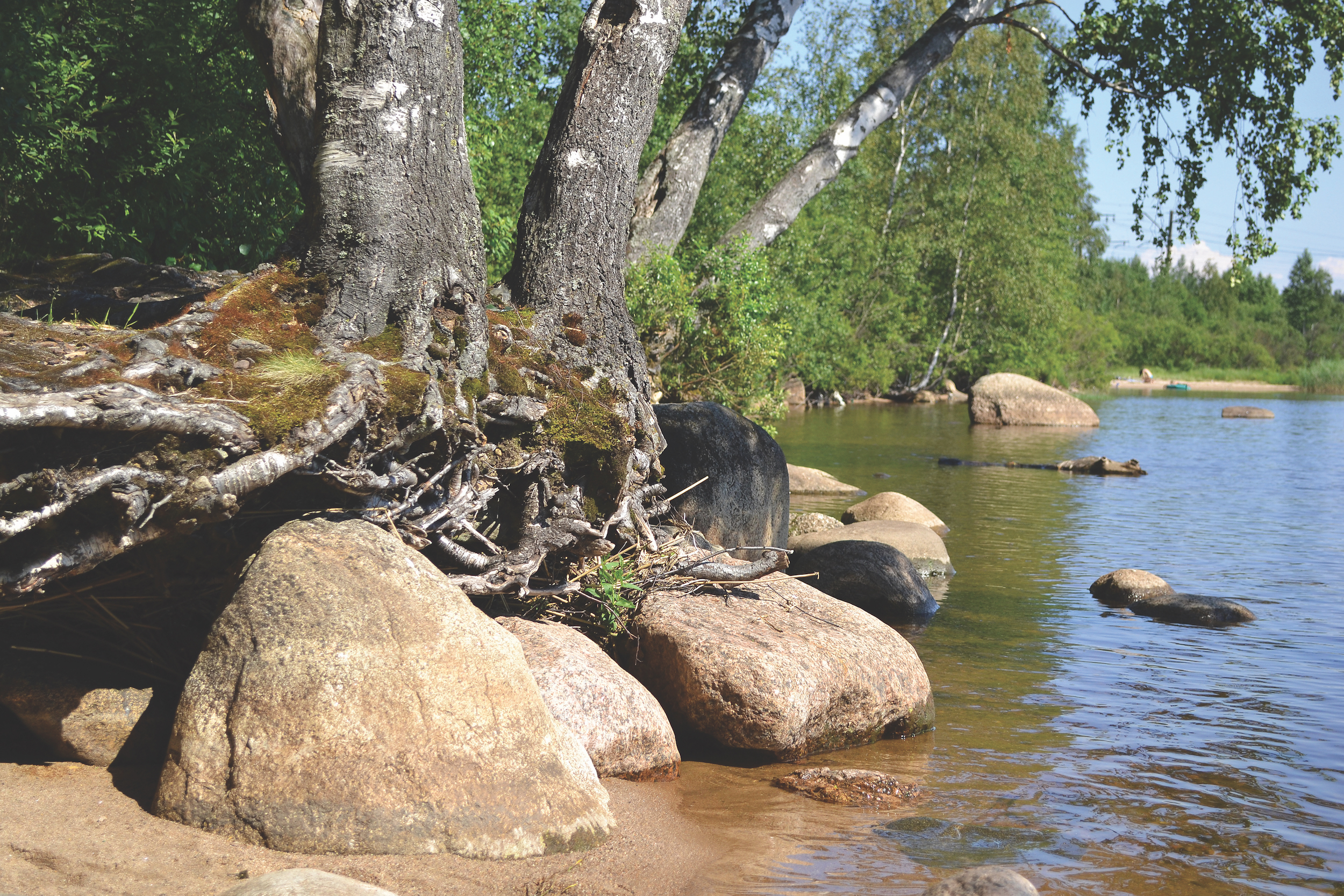
Students conduct a field study of three different environments as they focus on sunlight, soil moisture, temperature, wind, water flow, plants, and animals in each environment.

The energy we use at home, school, or work enhances our lives, but it also often contributes to air and water pollution, wildlife and habitat loss, and climate change.
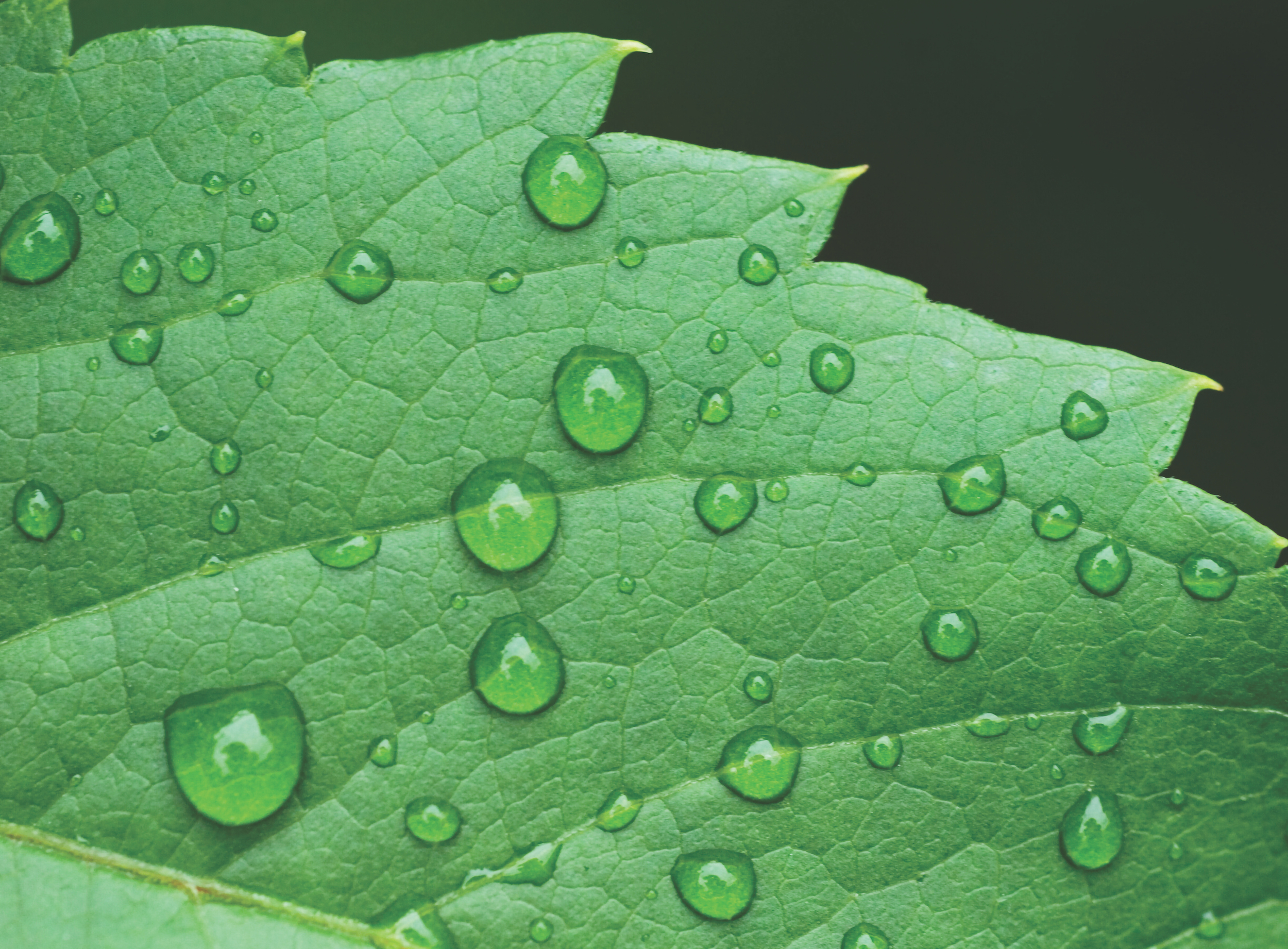
The water cycle is the system by which Earth’s water is collected, purified, and distributed from the environment to living things and then returned to the environment.
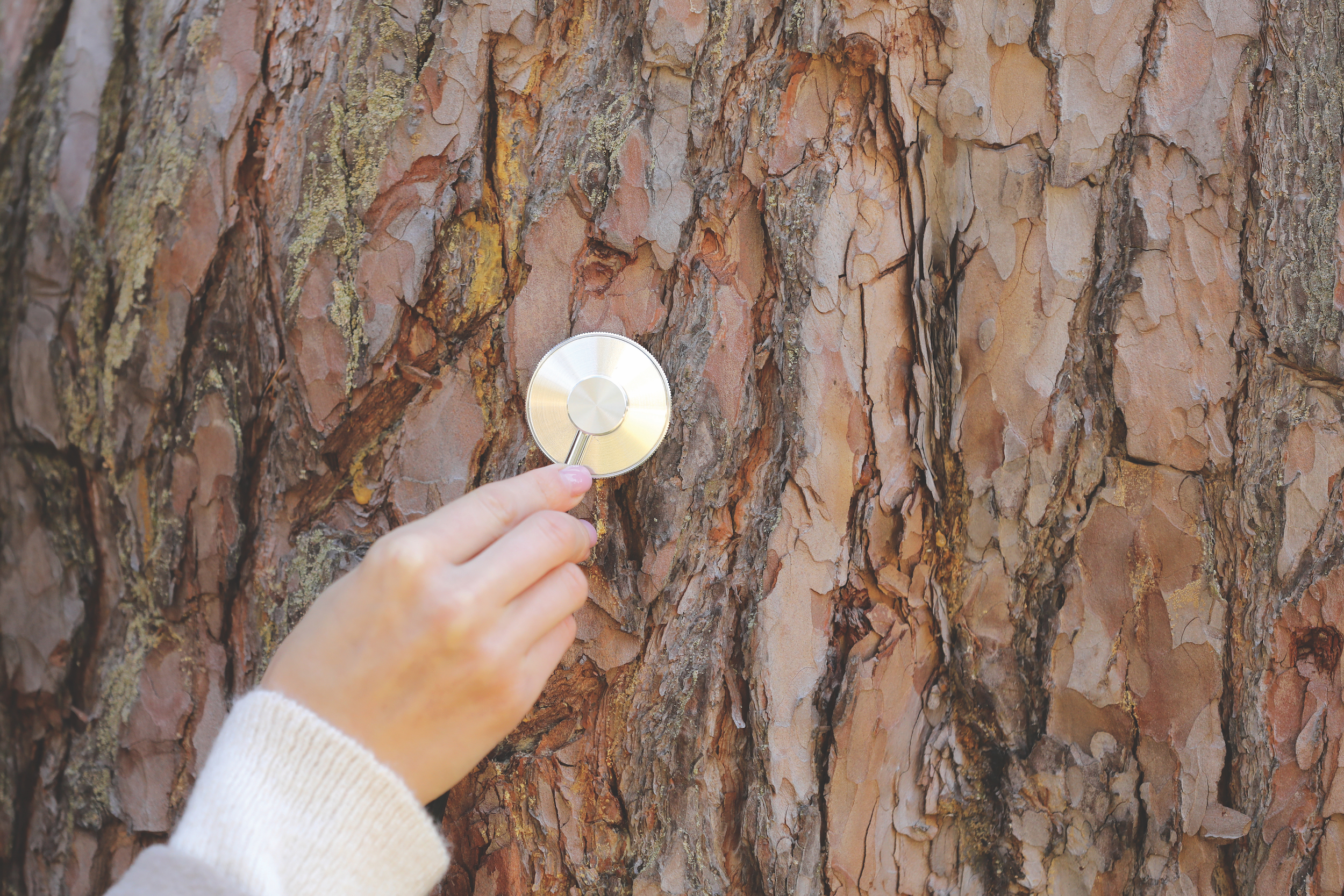
Students examine trees for signs of damage or poor health and investigate conditions that may cause trees and other plants to become unhealthy.

By reading a story such as The Lorax by Dr. Seuss, students can examine the importance of conserving natural resources.
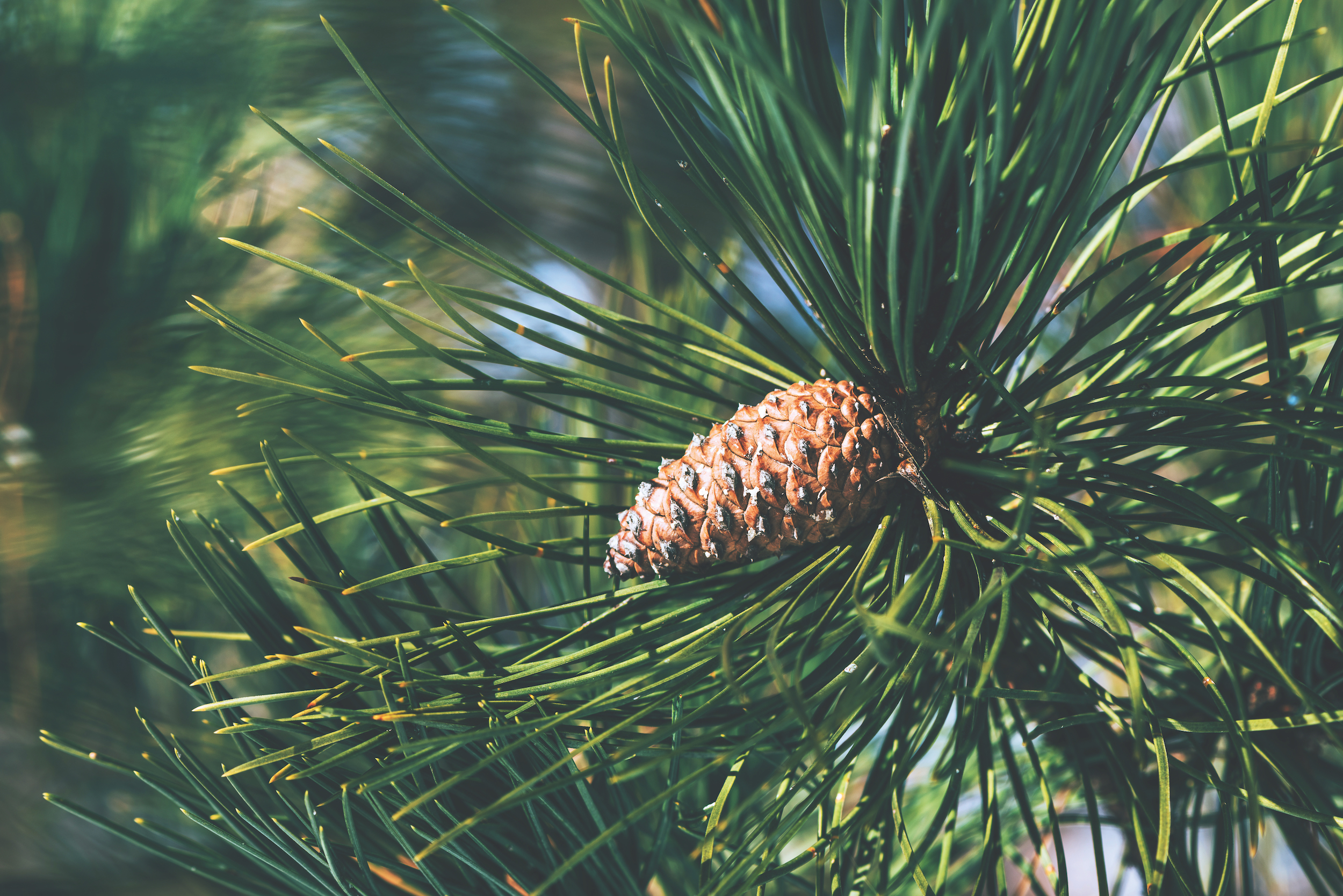
Tree species can be identified by looking at several different features: leaves, bark, twigs, flowers, fruit, and seeds. Even the overall shape of a tree can give clues to the tree’s identity.

By modeling the parts of a tree and creating a “tree factory,” students will learn about the structure of a tree.
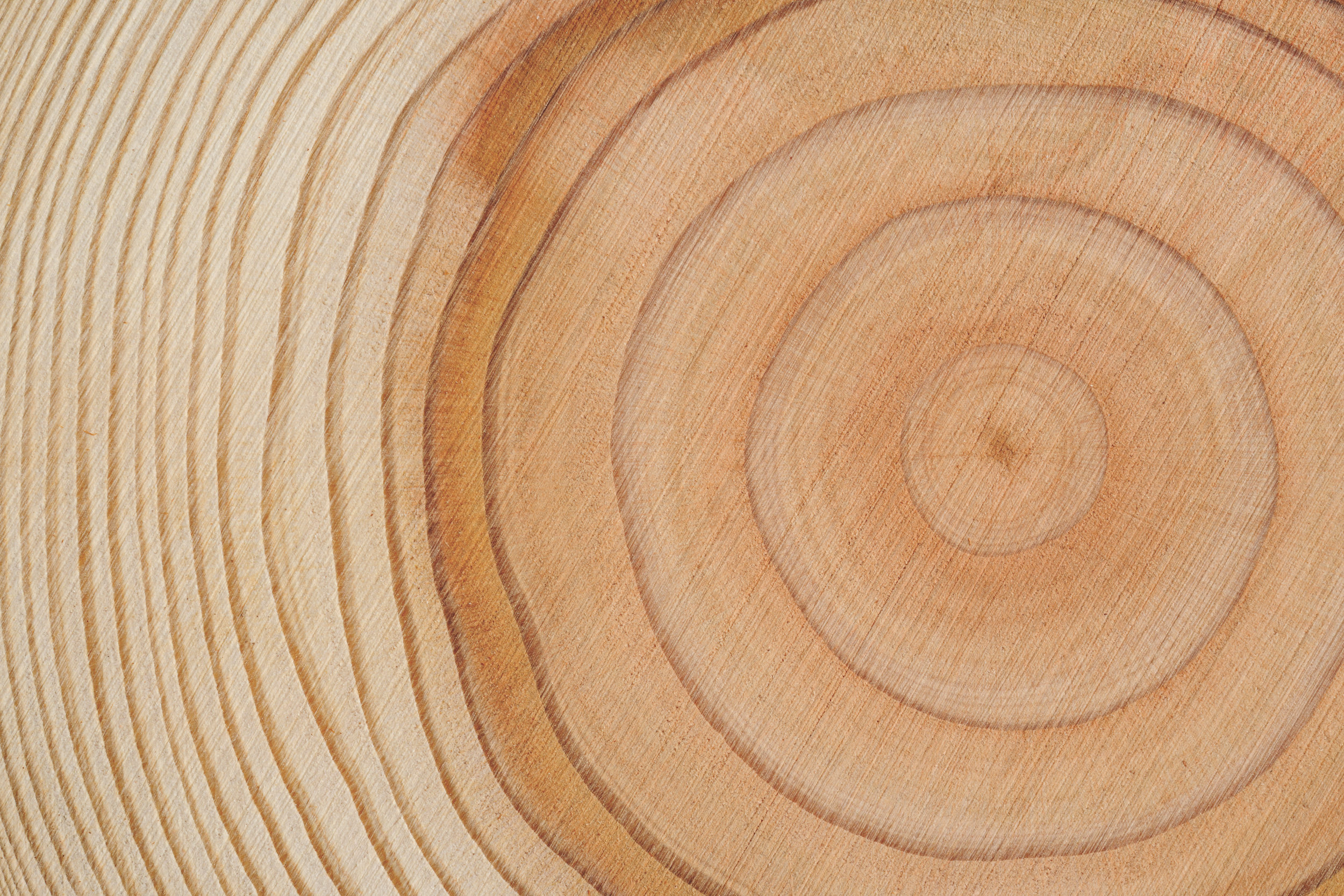
Tree rings show patterns of change in the tree’s life, as well as changes in the area where it grows. Students will trace environmental and historical changes using a cross-section of a tree.
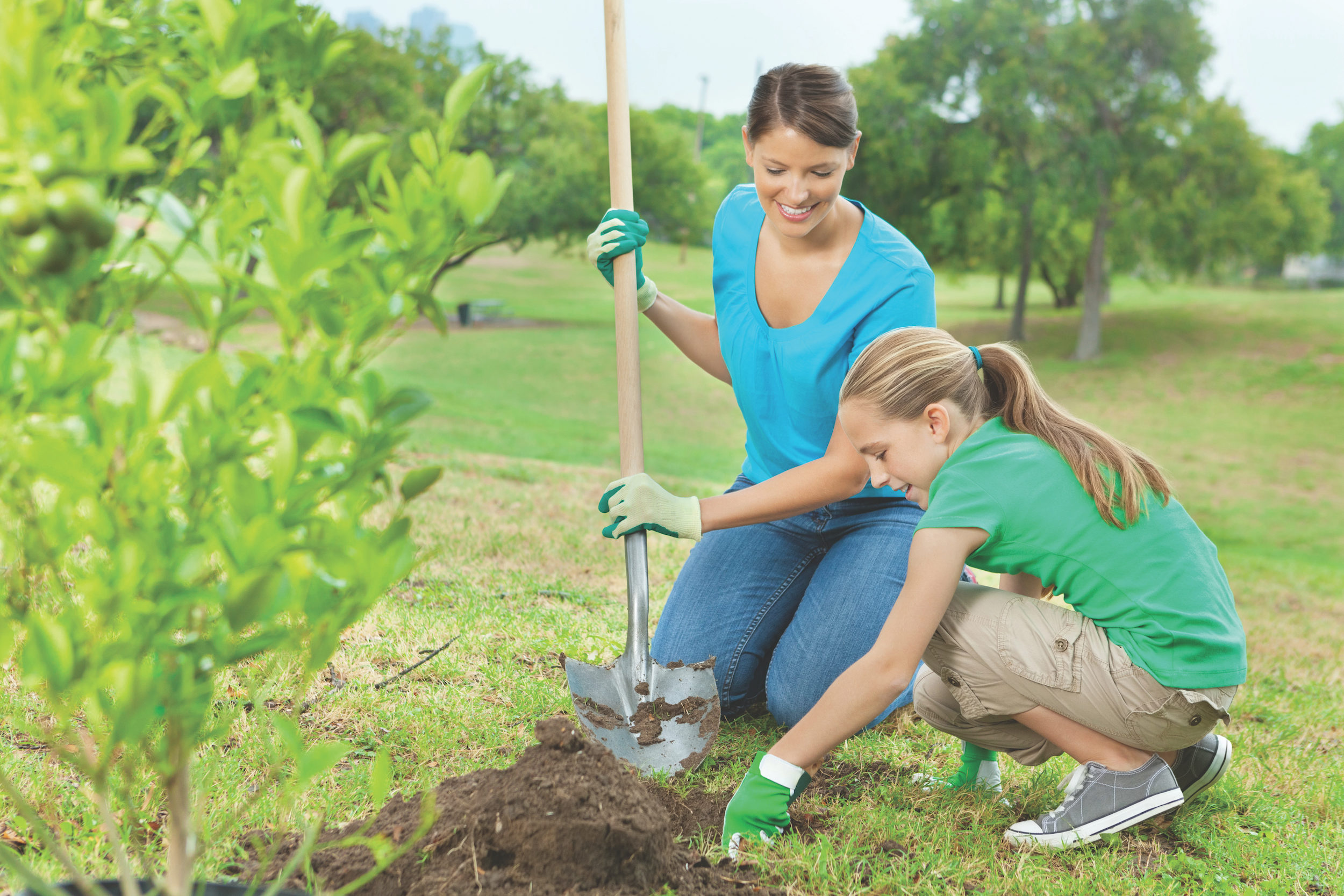
Students explore differences in soil types and what those differences mean to people and to plants. They also investigate the role soil organisms play, both in building soil and in decomposition.